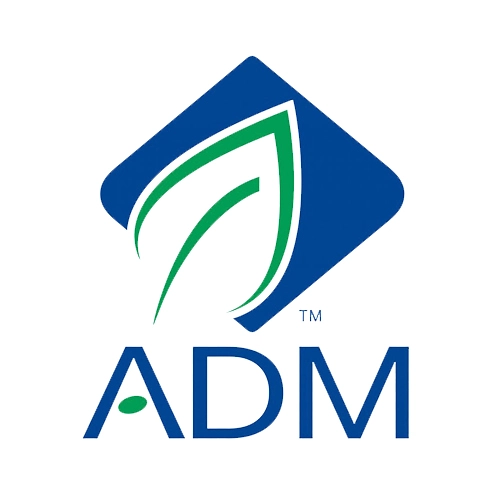
Boost Road Safety with Vehicle Actuated Speed Display (VASD)
Vehicle-actuated speed display (VASD) signs are crucial in enforcing speed limits directly affecting road safety. These signs provide real-time feedback to drivers, helping them maintain safe speeds and promoting a smooth-flowing, accident-free driving experience. Today’s article will explore their role in promoting road safety and how they benefit drivers and communities.
What is a VASD?
It is also known as a speed sign and speed limit display and is a traffic management tool that uses radar and camera technology to detect the speed of approaching vehicles. This measured speed is displayed on a prominent electric sign or LED display board. The core function of a vehicle-actuated speed display is to provide real-time feedback on their current speed concerning the posted speed limit. The immediate awareness can gently remind them to adjust their speed and promote safer driving habits.
How does it work?
- Vehicle-actuated speed display consists of three main components:
- Radar Sensor: This sensor detects approaching vehicles and measures their speed.
- Processing unit: This unit analyses the speed data and compares it to the pre-programmed speed limit.
- Display Board: This electronic speed sign displays the detected speed of the approaching vehicle.

Additional features of Advanced Vehicle Actuated Speed Display
It can be further enhanced with additional features like:
- Color Coding: The speed sign can change colour based on the measured speed. Green typically indicates adherence to the speed limit, while red signifies exceeding the limit.
- ANPR (Automatic Number Plate Recognition): This technology captures license plates of speed vehicles, potentially aiding enforcement efforts.
- Solar Power: It can be solar-powered for a sustainable and maintenance-free operation.
- Warning Message: The display can flash a warning or message like “Slow down” for vehicles exceeding the speed limit by a significant margin.
Benefits of using these Speed Signs?
This speed sign offers a range of benefits for both drivers and road authorities.
- Promote safe driving: Providing immediate feedback on drivers‘ speed encourages them to adjust their behaviour and comply with the speed limit. This can significantly reduce speeding violations and create a safer driving environment.
- Increased Awareness: It is a constant reminder of the speed limit, especially on long stretches of road where drivers might lose traffic of their speed.
- Data Collection: Some vehicle-actuated speed displays can collect valuable data on traffic patterns and speeding trends. Authorities can use this data to identify high-risk areas and implement targeted enforcement measures.
- Reduced enforcement cost: It can act as a self-enforcing tool, deterring speed and potentially reducing the need for constant police presence.
- Improved traffic flow: Encouraging drivers to maintain limits can improve traffic flow, especially on busy roads.
Where are these systems used?
These systems are finding applications in various locations:
- High-risk roads: They are commonly deployed on accident-prone stretches of roads, school zones, and areas with frequent speeding violations.
- Construction zones: During road construction projects, VASD can help enforce reduced speed limits for worker and driver safety.
- Urban areas: They can be used in urban areas to manage traffic flow and encourage safe driving behaviour.
Conclusion
Vehicle-actuated speed displays (VASD) are valuable to modern traffic management strategies. Providing real-time feedback to drivers encourages safer driving habits and contributes to a reduction in speeding violations. As traffic authorities continue to seek innovative solutions for road safety, VASDs are likely to play an essential role in creating safer roads for everyone.
FAQ’s
Q.1 Do speed display signs work?
Ans: Studies show they can help reduce speeding by informing drivers.
Q.2 What is the vehicle-activated sign?
Ans: This is another term for a speed display sign activated by a vehicle’s presence.
Q.3 What are vehicle speed indicator devices?
Ans: A general term for signs that measure and display a vehicle’s speed.
Q.4 What is the objective of a speed detection system?
Ans: To measure vehicle speed, usually to enforce traffic laws or encourage safe speeds.
Q.5 What are the dynamic speed warning signs?
Ans: These signs adjust their message (e.g., flashing lights) based on the vehicle speed.





















